COMMUNITY MAKERS HELPS SERVICES IN NOTTS FULLY BIND TOGETHER
“It’s a win-win situation for us, our volunteers and the communities they are drawn from,” says Liz Guildford, projects and logistics manager at Inspire: Culture, Learning & Libraries.
Liz is talking about Tickbox Marketing’s Community Makers tech, which Inspire have been using since a soft launch with her organisation during lock down. Community Makers expands the Volunteer Makers‘ platform and can be used across locations and partnerships.
Community Makers helps Inspire attract, manage, organise and provide challenges (which are actions, activities or events) for hundreds of volunteers throughout Nottinghamshire.
Inspire delivers a variety of educational and cultural services in the county and just beyond: These include running libraries, delivering adult learning, running arts projects and even providing music education.
The diverse nature of Inspire’s remit and the varying communities and premises in which they are delivered provided the organisation with a challenge when it came to engaging the community.
“Things were organised ad hoc, with volunteers recruited by local services and usually only working in a specific role,” explains Liz.
“There were no tailored criteria in place for these people and they had to go through the very formal and rigid county council recruitment process.”
Now, Community Makers – run by a dedicated Volunteering Officer within Inspire – can tailor specific opportunities, suggest new tasks and tap in to the micro-volunteering trend with people helping in very specific ways, when they can.
“It’s absolutely brilliant having all our volunteer data in one place. Not only does it help us cut down on paperwork, but there is a cross-pollination with volunteers.
“People who may have, for example, worked helping out in a library on occasions are seeing our challenges to help with the running of a one-off cultural event in the evening and getting involved,” Liz notes.
“Some challenges are big and require regular commitments, but others can be as small as helping publicise some of our work on social media – even a retweet helps!”.
As well as migrating over their regular volunteers, Inspire has found the technology has helped inspire new and more diverse helpers to get involved and participate.
“Whereas traditionally, many volunteers were retired people and more likely to be found in more prosperous areas of the county, we are seeing all kinds of people engage now,” Liz expands.
“We have people looking for work experience to help them get a job, and we can point them to services that support them, and a lot of younger volunteers. We even have some 16-year-olds involved.”
But how are older volunteers finding the new platform?
“I did at first wonder how some might manage,” admits Liz, “But the feedback has been positive and many love using it.”
“The Pandemic has helped many people to acquire new online skills and confidence, and, of course, they can still telephone our Volunteers Office if they want to get in touch that way.”
At present, Inspire’s Community Makers platform is offering 24 challenges for volunteers, but as the various teams within the organisation start using it, Liz hopes this will grow to 50 plus within the next few months.
The take up for the current challenges has been impressive:
“We always believed once we got it up and running it would take off – and it has,” she concludes.
“Volunteers feel like they are really part of the teams they are working with, they are being ambassadors for our services and are bringing in fresh ideas and enthusiasm. It is really bonding us with the communities we serve.”

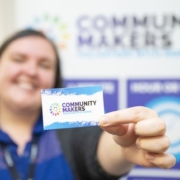
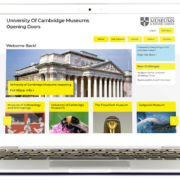
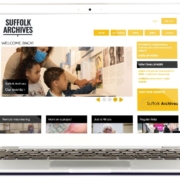
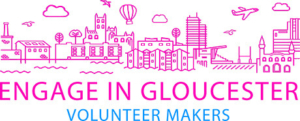
 make the most of your mailing assets – to existing volunteers and supporters (all GDPR compliant of course!), direct emails (add a clickable banner to the footer of all staff emails) or newsletter articles.
make the most of your mailing assets – to existing volunteers and supporters (all GDPR compliant of course!), direct emails (add a clickable banner to the footer of all staff emails) or newsletter articles.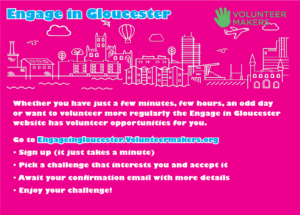 “I’ve got three pull up banners, logoed stickers and postcards to advertise the site. I go out to events such as the History Festival, residents’ weekend, local community shows and have a stall, chat to people about the site and hand out the postcards and stickers. I also made sure that the postcards are a bit thicker and substantial so they don’t just get immediately discarded and they also work as bookmarks” (Sarah Orton,
“I’ve got three pull up banners, logoed stickers and postcards to advertise the site. I go out to events such as the History Festival, residents’ weekend, local community shows and have a stall, chat to people about the site and hand out the postcards and stickers. I also made sure that the postcards are a bit thicker and substantial so they don’t just get immediately discarded and they also work as bookmarks” (Sarah Orton, 
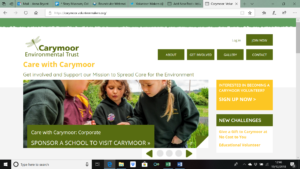
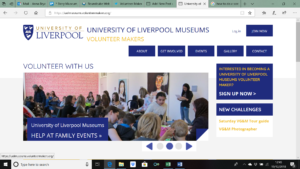
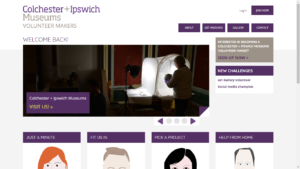
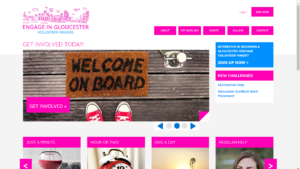
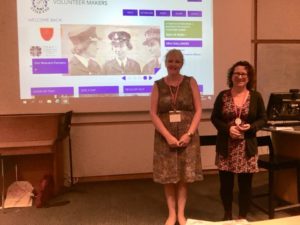 the acclaimed
the acclaimed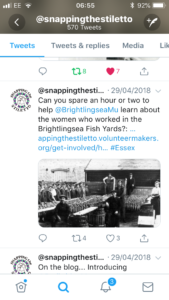
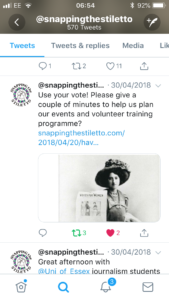
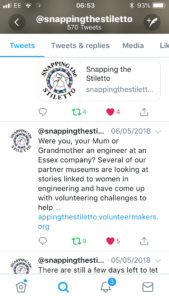
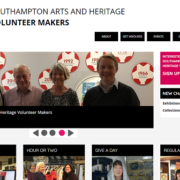
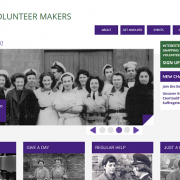
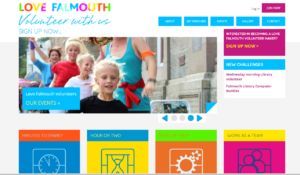 Tamsin Bough and Sarah Scot, of Falmouth Art Gallery, spoke to the meeting on growing relationships with volunteers.
Tamsin Bough and Sarah Scot, of Falmouth Art Gallery, spoke to the meeting on growing relationships with volunteers.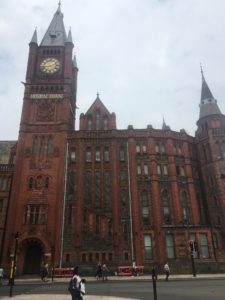 One place they took Claire was from the south-west to the north-west, with a visit to Liverpool for the latest in Volunteer Makers’ rolling programme of training workshops.
One place they took Claire was from the south-west to the north-west, with a visit to Liverpool for the latest in Volunteer Makers’ rolling programme of training workshops.